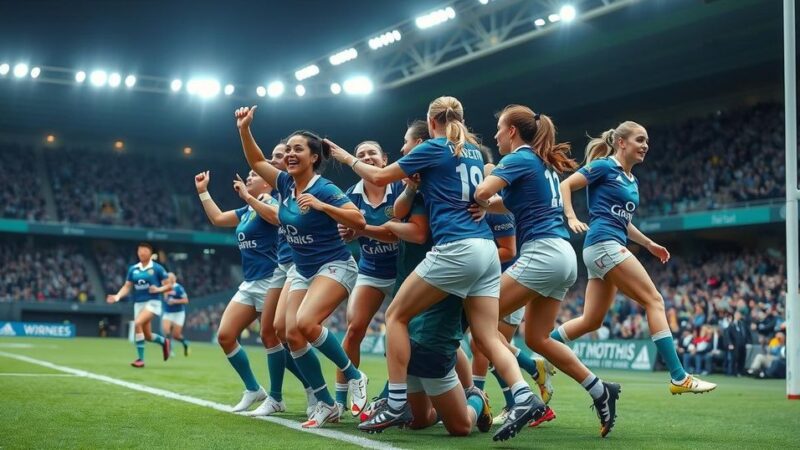Benni McCarthy’s debut as Harambee Stars’ coach resulted in a spirited 3-3 draw against The Gambia. The match highlighted tactical reshaping and effective substitutions, showcasing a shift away from Kenya’s previously dull playing style. The team’s dynamic approach and late equalizer mark a hopeful future for Kenyan football.
Harambee Stars embarked on a transformative journey under the leadership of Benni McCarthy, culminating in a 3-3 draw against The Gambia. This match took place at the Stade Olympique Alassane Ouattara in Abidjan, Côte d’Ivoire, marking McCarthy’s debut as head coach. His strategic approach was put to the test against Johnathan McKinstry, who has led The Gambia successfully in recent years.
The starting formation for Kenya was a 1-4-2-3-1, featuring Ian Otieno in goal, with Erick ‘Marcelo’ Ouma and Rooney Onyango as fullbacks. The back line included Daniel Anyembe and Brian Mandela at center back, while the midfield comprised Anthony Akumu, Ismael Gonzalez, and Richard Odada. This was complemented by the attacking trio of John Avire and Eric Johana flanking striker Michael Olunga.
Conversely, Gambia set up in a 1-5-2-3 formation, anticipating a more dynamic Kenyan approach. Coach McKinstry recognized Kenya’s potential for attacking play, deviating from his typical defensive strategies. Gambia, having conceded nine goals in four matches, relied heavily on their star players, Yakuba Minteh and Musa Barrow, for scoring opportunities.
In terms of gameplay, Kenya aimed to establish control by playing out from goal kicks in a 2-4-4 structure, moving through phases efficiently. However, a disjointed connection within the midfield hindered their capacity to maintain a smooth passing rhythm, stultifying their offensive output. As a result, key forwards Johana and Avire were often isolated and unable to effectively receive the ball.
On the defensive front, Gambia executed a commendable 5-4-1 midblock to contain Kenyan attacks. Their strategy involved forcing play to one side, thus employing diagonal runs to induce penalties against Kenya’s defense. Despite being caught out defensively, Kenya’s keeper Otieno redeemed himself by saving a penalty shot from Barrow.
An early second-half substitution by McCarthy, bringing in winger William Lenkupae, led to a tactical shift that proved impactful. As Lenkupae positioned himself on the right wing, Johana transitioned to an attacking midfield role, prompting a 1-4-2-3-1 defensive setup by Kenya. Nevertheless, Gambia scored shortly after with a striking goal from Barrow.
As the match continued, Kenya shifted to a 4-4-2 formation. McCarthy’s strategy saw the introduction of Jonah Ayunga and Mohammed Bajaber, leading to immediate results as Kenya earned a penalty converted by Olunga. This tactical adjustment reinvigorated Kenya’s attack and facilitated Bajaber’s goal, equalizing against Gambia.
The final moments witnessed Kenya surging forward, with Lenkupae capitalizing on chaotic play in the box to score, achieving a dramatic 3-3 draw. McCarthy’s tactical decisions exhibited a marked improvement from previous performances, suggesting a promising future for Harambee Stars, beyond their previously perceived dull style of play.
The recent match against The Gambia showcased Benni McCarthy’s effective management and tactical adaptability, leading to a remarkable 3-3 draw. His strategic substitutions and formation changes allowed Harambee Stars to display a more dynamic style of play. Despite initial struggles, the team’s determination and late equalizer signify an encouraging new chapter for Kenyan football under McCarthy’s leadership.
Original Source: www.mozzartsport.co.ke






